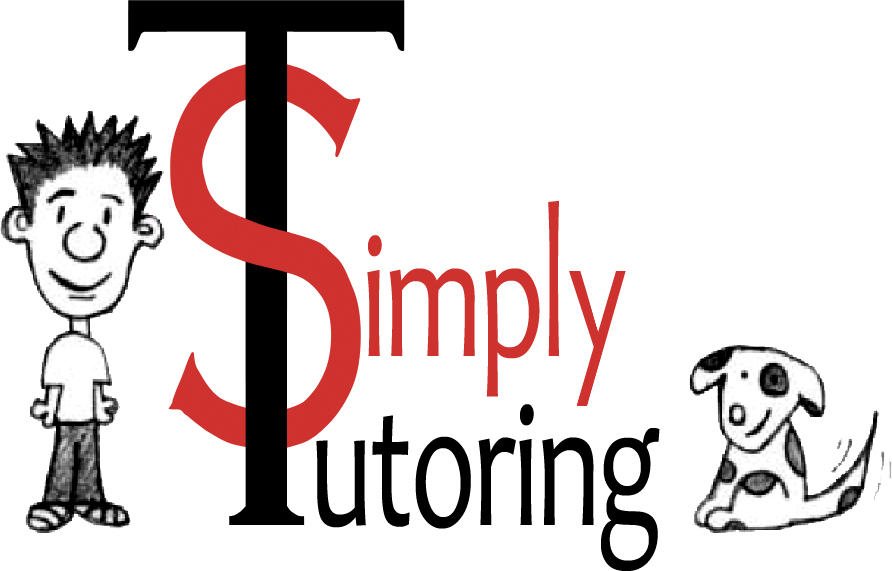Book Review of OVERCOMING DYSLEXIA by Dr. Sally Shaywitz
Book Review by Laurel Stevens
Teacher / Tutor / Former Homeschooling Mom
Dyslexia. A word you’ve no doubt run across or heard tossed about, but nonetheless has an aura of mystery about it. What exactly is dyslexia? Does it have something to do with reading backwards? (no) Or do the letters jump off the page and rearrange themselves? (also, no) Do you need special glasses to fix it? (again, no) Can people with dyslexia really learn to read? Yes! Can they go to college? Absolutely Yes!
The questions, doubts and confusion abound, but there are answers and resources to address each one. Sally Shaywitz's book Overcoming Dyslexia, 2nd Edition is a detailed, helpful, and most of all, hope-filled resource for anyone involved with or advocating for someone with dyslexia. Though her writing is directed to parents, and later, students themselves, the information is applicable to teachers and other school personnel as well. As a tutor in The Woodlands, Texas, I believe that educating parents and families is a critical element of supporting the whole child. Thus, I eagerly recommend Dr. Shaywitz’s book.
An Indispensable Handbook
A quick look at the table of contents will reveal the usefulness of this book as a handbook that parents and students can use as they progress through the education journey, reading it straight through, or reading the parts that pertain to the child’s stage in life. Shaywitz begins with the historical roots of the discovery of dyslexia in the 19th century up to the present. It’s fascinating to learn that now, thanks to fMRI (functional MRI) technology, we can actually map what is happening in the brain when typical and dyslexic readers read. In short, the brain pathway used by a dyslexic reader takes longer than that of a typical reader, thus leading to slower, more labor-intensive reading.
Reading isn’t Natural
Shaywitz continues by explaining how readers read. Chapter 5 is entitled, “Everyone Speaks but Not Everyone Reads,” emphasizing the crucial information that reading is not a natural process and must be taught. To read, all students must first understand that sentences are made up of words, and words are made up of sounds and that those sounds are represented by letters. Children with dyslexia have difficulty in breaking or segmenting words into sounds and thus have difficulty “breaking the code” (Shaywitz 51). Parts III and IV go beyond the simple dictum of “read to your child,” discussing practices and routines that parents can do with their child to help them learn to read, from breaking apart words to targeting vocabulary development and reading comprehension.
Shaywitz walks the reader through the importance of early diagnosis, the impact of dyslexia on reading and education in general and importantly, how and when to obtain an evaluation. Shaywitz makes no assumptions about a parent's knowledge of reading or of school systems and teaches them how to advocate for and work with their dyslexic student alongside what is being provided in the classroom.
In her chapter on diagnosing dyslexia, Shaywitz quotes from the First Step Act which was signed into law on December 21, 2018. Dyslexia is “an unexpected difficulty in reading for an individual who has the intelligence to be a much better reader, most commonly caused by a difficulty in the phonological processing (the appreciation of the individual sounds of spoken language), which affects the ability of an individual to speak, read, and spell.”
The Educational Journey
Shaywitz continues through the scope of a child's educational experience, helping parents choose a school, walking high schoolers through the college selection and application process, and finally into the laws that provide for equitable education for those with dyslexia and other learning disabilities.
Throughout the book, Dr. Shaywitz reveals her intense concern for the thriving of children with dyslexia. Children who have difficulty reading often view themselves as less intelligent. To them it seems as if everyone else is learning to read without effort. Helping a child understand the results of their assessment can help them see that a weakness in decoding is an island in a “sea of strengths”—problem solving, empathy, general knowledge etc. (Shaywitz, 56). Additionally, parents can support their child by helping their child find and nurture passions and gifts that exist outside of reading.
Overcoming Dyslexia closes with a section entitled "Making it Work for the Dyslexic Child and Adult.” Shaywitz emphasizes the importance of accommodations, devoting an entire chapter to an explanation of the three most important accommodations. Extra time is the most important. "For the dyslexic reader, the learning capacity is intact; he simply needs time to access it" (p. 439). Because the dyslexic brain accesses a longer pathway in order to read, in addition to using context, the reader simply needs more time to read what a typical reader needs. Dyslexic readers also need a quiet environment for tests to allow for the higher intensity of their work. These accommodations should be in place throughout school--from elementary school through graduate school and beyond, since the dyslexic brain is always a dyslexic brain (p. 440).
The third most important accommodation is an alternative foreign language requirement, especially in college. Given the dyslexic reader's difficulty with language, becoming proficient in a second language is even more difficult. Shaywitz urges schools to find alternatives that meet the purpose of the requirement--learning about and immersing oneself in another culture (p. 442).
Overcoming Dyslexia is thorough and all-encompassing. It will serve as a useful handbook for parents of children with dyslexia throughout the journey of their education and beyond.

